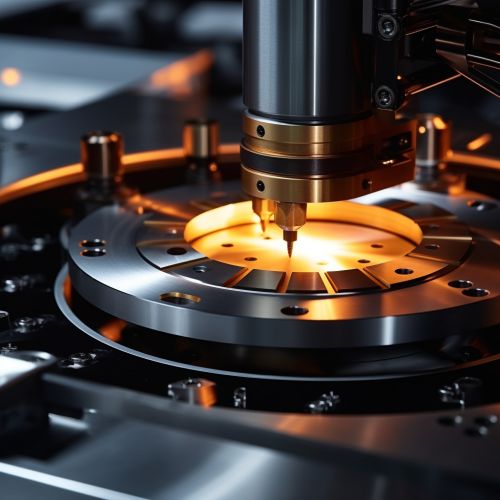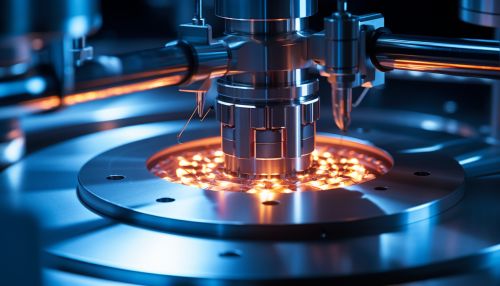Atomic Force Microscopy (AFM)
Introduction
Atomic Force Microscopy (AFM) is a high-resolution imaging technique that allows for the visualization of samples at the nanoscale. The technique is based on the interaction between a sharp probe and the sample surface, which provides information about the topography and other physical properties of the sample. AFM is widely used in various fields, including material science, nanotechnology, biology, and chemistry.


Principle of Operation
The working principle of AFM is based on the detection of the force between a sharp probe (also known as a cantilever) and the sample surface. The cantilever is typically made of silicon or silicon nitride and ends with a sharp tip, which is responsible for scanning the sample surface. The deflection of the cantilever, caused by the interaction with the sample, is monitored using a laser beam that is reflected from the backside of the cantilever onto a position-sensitive detector. The detector signal is then used to generate the image of the sample surface.
Types of AFM
There are several types of AFM, including contact mode, non-contact mode, and tapping mode. In contact mode, the cantilever is in constant contact with the sample surface during scanning. In non-contact mode, the cantilever oscillates above the sample surface without making contact. Tapping mode, also known as intermittent contact mode, involves oscillating the cantilever at or near its resonance frequency and allowing it to tap the sample surface periodically.
Applications
AFM has a wide range of applications due to its ability to provide high-resolution images of sample surfaces. In material science, it is used to study the surface morphology and mechanical properties of various materials. In nanotechnology, it is used to manipulate and assemble nanostructures. In biology, it is used to image cells and biomolecules, and in chemistry, it is used to study chemical reactions at the molecular level.
Advantages and Limitations
One of the main advantages of AFM is its ability to image samples in their natural environment, such as in liquid or in air, without the need for special sample preparation. It also provides three-dimensional topographic information with high resolution. However, AFM also has some limitations. For example, the scanning speed is relatively slow, and the size of the sample that can be imaged is limited by the scan range of the AFM.
Future Perspectives
The development of new AFM techniques and improvements in existing ones continue to expand the capabilities of AFM. For example, high-speed AFM now allows for the imaging of dynamic processes in real time. Moreover, the combination of AFM with other techniques, such as Raman spectroscopy, provides additional information about the sample.
